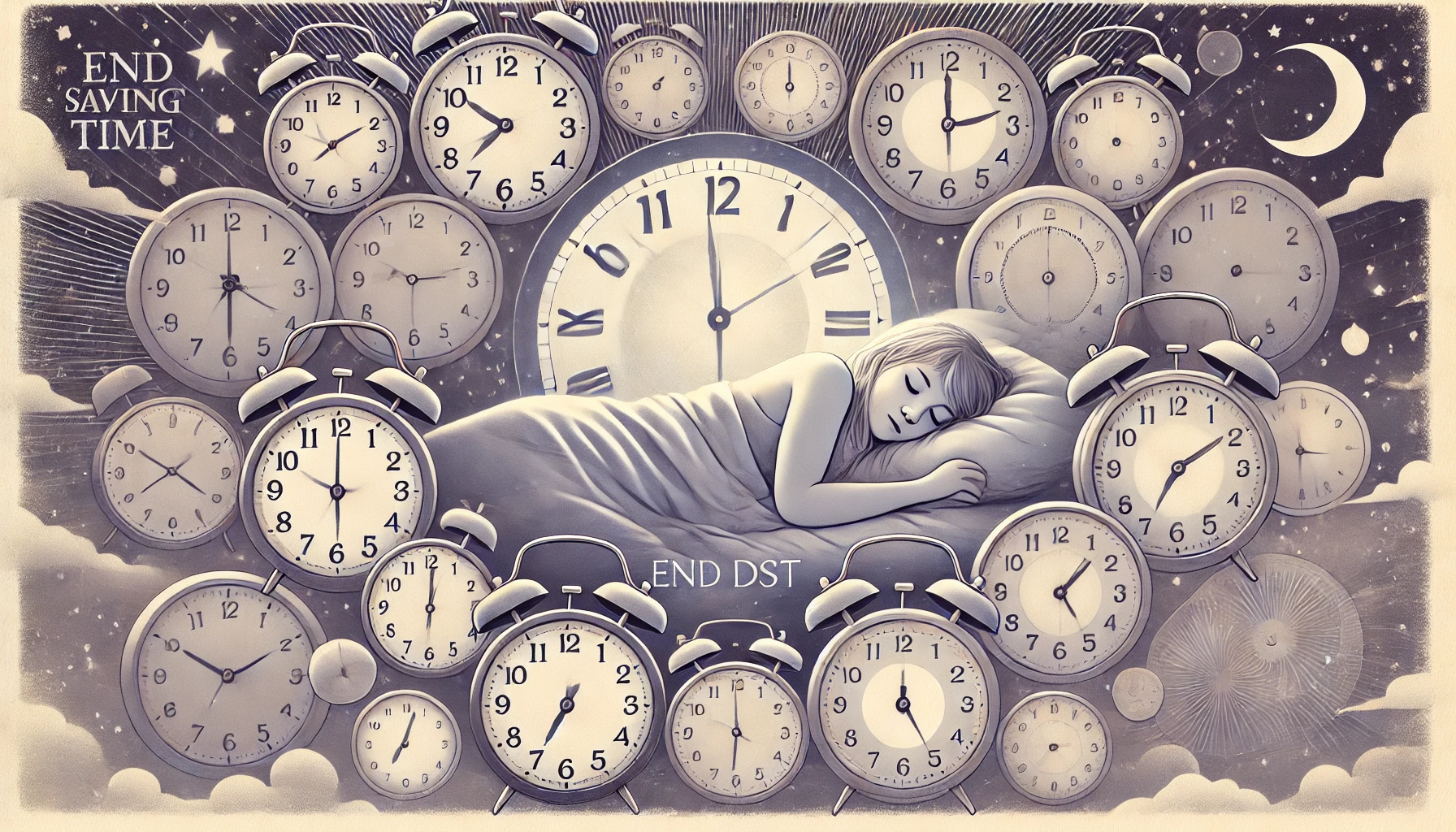
[NOV-DEC 2024]
21st Century Debate Topic
Resolved: The United States ought to abolish Daylight Saving Time (DST).
BACKGROUND
Abolishing Daylight Saving Time (PRO)
- Improved sleep patterns: Eliminating the biannual time changes would prevent disruptions to people’s circadian rhythms, potentially leading to better overall sleep quality 2 .
- Reduced health risks: Studies have shown an increase in heart attacks and strokes following the spring time change. Abolishing DST could mitigate these risks 2 & 5.
- Enhanced road safety: There’s evidence of increased traffic accidents immediately after DST changes, particularly in spring. Eliminating these changes could improve road safety 2 & 5.
- Increased productivity: The adjustment period after time changes can lead to decreased productivity. Abolishing DST could eliminate this issue 1.
- Simplified timekeeping: Removing the need to change clocks twice a year would simplify timekeeping for individuals and businesses 1.
- Potential energy savings: Contrary to DST’s original purpose, some studies suggest that permanent standard time might actually save more energy 1 & 3.
- Reduced impact on vulnerable populations: Children and the elderly are disproportionately affected by DST changes. Abolishing it could benefit these groups 2.
- Alignment with natural circadian rhythms: Permanent standard time aligns better with human biology and natural light cycles 5 & 7.
- Economic benefits: Some economists estimate that DST changes cost the U.S. economy billions in lost productivity 2.
- Global synchronization: Eliminating DST could simplify international communications and scheduling, especially for countries that don’t observe DST 1.
Abolishing Daylight Saving Time (CON)
- Loss of extended evening daylight: During summer months, people would lose an extra hour of evening daylight for outdoor activities 1 & 3.
- Potential impact on certain businesses: Some industries, like retail and tourism, benefit from extended evening daylight and might be negatively affected 1 & 3.
- Darker mornings in winter: If permanent DST were adopted instead of standard time, winter mornings would be darker, potentially affecting morning commutes and school start times 7.
- Adjustment period: There would likely be a period of adjustment as people and systems adapt to the new permanent time 1.
- Potential increase in evening energy usage: Some argue that permanent standard time could lead to increased energy use in the evenings, especially during summer 3.
- Loss of traditional seasonal marker: The time changes serve as a cultural marker for seasonal transitions for many people 1.
- Reduced outdoor activity time: Less evening daylight could potentially lead to reduced outdoor activities, especially for working adults 3.
- Potential impact on crime rates: Some studies suggest that DST reduces certain types of crime due to extended daylight. Abolishing it could potentially impact these rates 3.
- Legislative challenges: Changing DST laws would require complex legislative processes at both state and federal levels 1.
- Disruption to existing schedules: Many long-standing schedules and systems are built around the current DST system, and changing it could cause widespread disruption 1.
REQUIRED RESEARCH (VIDEOS & ARTICLES)
We ask that you watch all of the videos and read all of the articles and take light notes about the topic that you are researching. When everyone in class has watched/read the materials, it makes the learning better. We encourage students to do their own research in addition to the research provided (assuming you have time).
Required Research (Videos):
New push to ‘goodnight’ twice-a-year daylight saving time change,
TODAY, November 1, 2024 [4 min]
https://www.youtube.com/watch?v=KK6CQGkU5Ok
Daylight Saving Time Explained,
CGP Grey, October 24, 2011 [7 min]
https://www.youtube.com/watch?v=84aWtseb2-4
How daylight saving time affects our bodies & minds,
TED-Ed, November 3, 2021 [90 sec]
https://youtu.be/P9-fJI0iZv4
Required Research (Articles):
TIME Magazine, September 16, 2024
https://time.com/7021588/daylight-saving-time-2024/
https://www.perplexity.ai/page/daylight-saving-time-pros-and-d3Q7hbXIS1SJt10yAj4W_g
Harvard Gazette, April 5, 2022
https://news.harvard.edu/gazette/story/2022/04/siren-call-of-daylight-saving-must-be-resisted-scientists-say/
OPTIONAL RESEARCH (VIDEOS & ARTICLES)
The Dark Side of Daylight Saving,
Harvard Magazine, April 1, 2022
https://www.harvardmagazine.com/2022/04/the-dark-side-of-daylight-saving
Pro and Con: Daylight Saving Time,
Encyclopedia Britannica (Online), October 19, 2022
https://www.britannica.com/story/pro-and-con-daylight-saving-time
Daylight Saving Time – Top 3 Pros and Cons,
Pro-con.org, Last Updated: July 31, 2024
https://www.procon.org/headlines/top-3-pros-and-cons-of-daylight-saving-time/
Contact Information
Bill Eddy,
Email: BillEddy@21stCenturyDebate.org
Phone: 714.655.8135 (I prefer text)
Note: When contacting me, please include your name and class information (day/time). Thanks!
